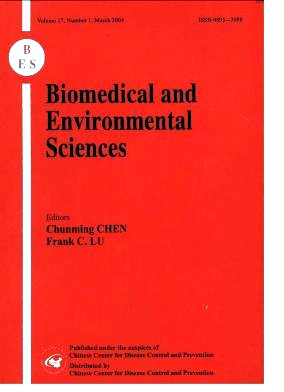A Study on Detecting and Identifying Enteric Pathogens With PCR
-
Key words:
- Enteric pathogen /
- Detection /
- Identification /
- PCR
Abstract: Objective To develop a rapid and definite diagnostic test of bacterial enteritis caused by pathogenic enterobacteria, the most frequent etiologic agent of infectious enteritis in the world.Methods A set of conventional PCR assays were applied to detect and identify salmonella, shigella,and E. coli O157:H7 directly from pure culture and fecal samples. The general primers of pathogenic enterobacteria were located on the uidA gene, which were found not only in E. coli nuclear acid, but also in Shigella and salmonella genes. Shigella primer was from ipaH gene whose coded invasive plasmid relative antigen existed both in plasmid and in genome. The primers of salmonella were designed from the 16SrRNA sequence. The primer of E. coli O157:H7 was taken from eaeA gene.Five random primers were selected for RAPD. The detection system included common PCR,semi-nested PCR and RAPD. Results This method was more sensitive, specific and efficient and its processing was rapid and simple. For example, the method could be used to specifically detect and identify salmonella, shigella, and E. coli O157:H7, and its sensitivity ranged from 3 to 50 CFU, and its detection time was 4 hours. Conclusion This PCR method, therefore, can serve as a rourine and practical protocol for detecting and identifying pathogenic microorganisms from clinical samples.
| Citation: | Jun-Wen Li, XIU-QUAN SHI, FU-HUAN CHAO, Xin-Wei Wang, Jin-Lai Zheng, NONG Song. A Study on Detecting and Identifying Enteric Pathogens With PCR[J]. Biomedical and Environmental Sciences, 2004, 17(1): 109-120. |







 Quick Links
Quick Links
 DownLoad:
DownLoad: